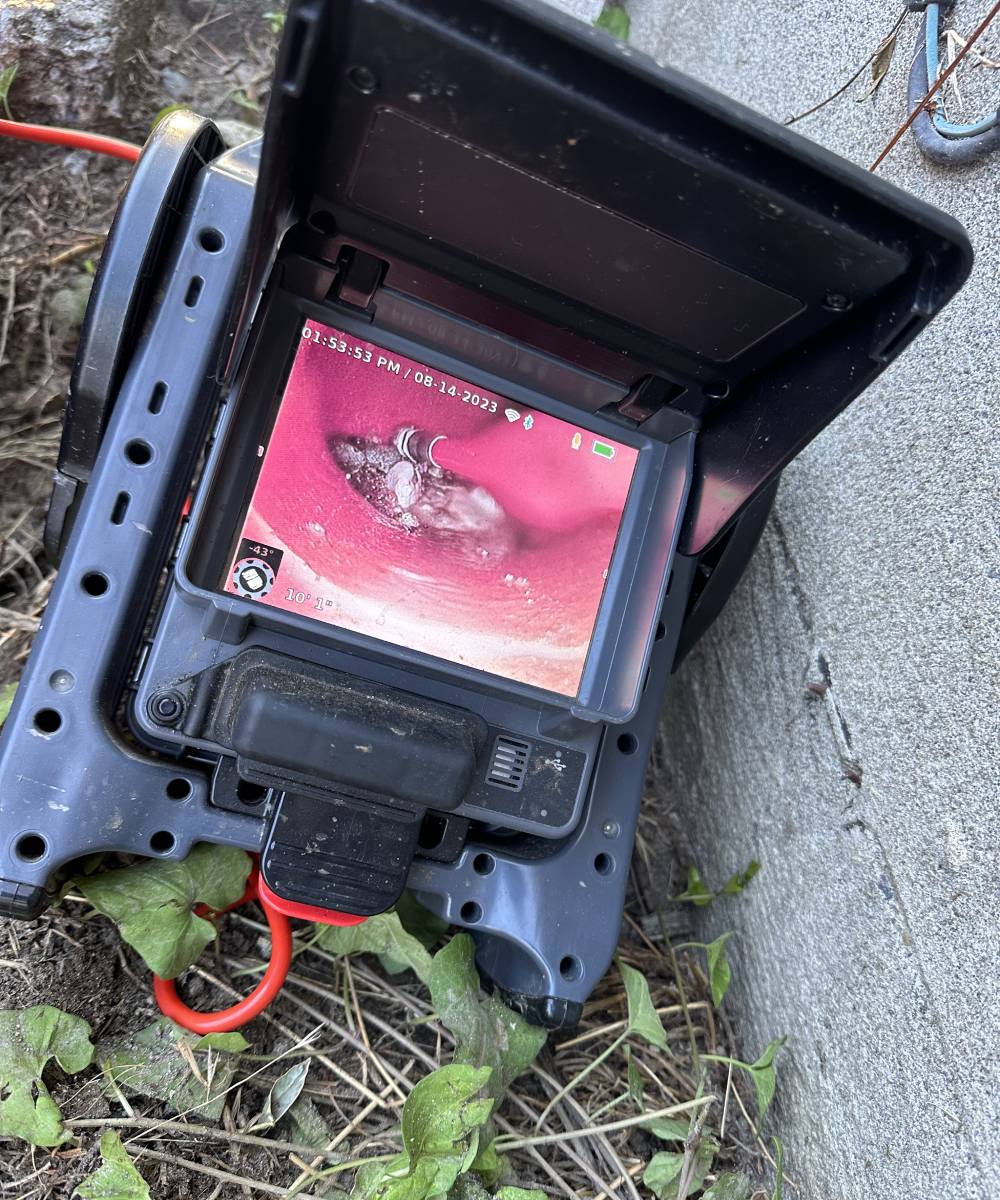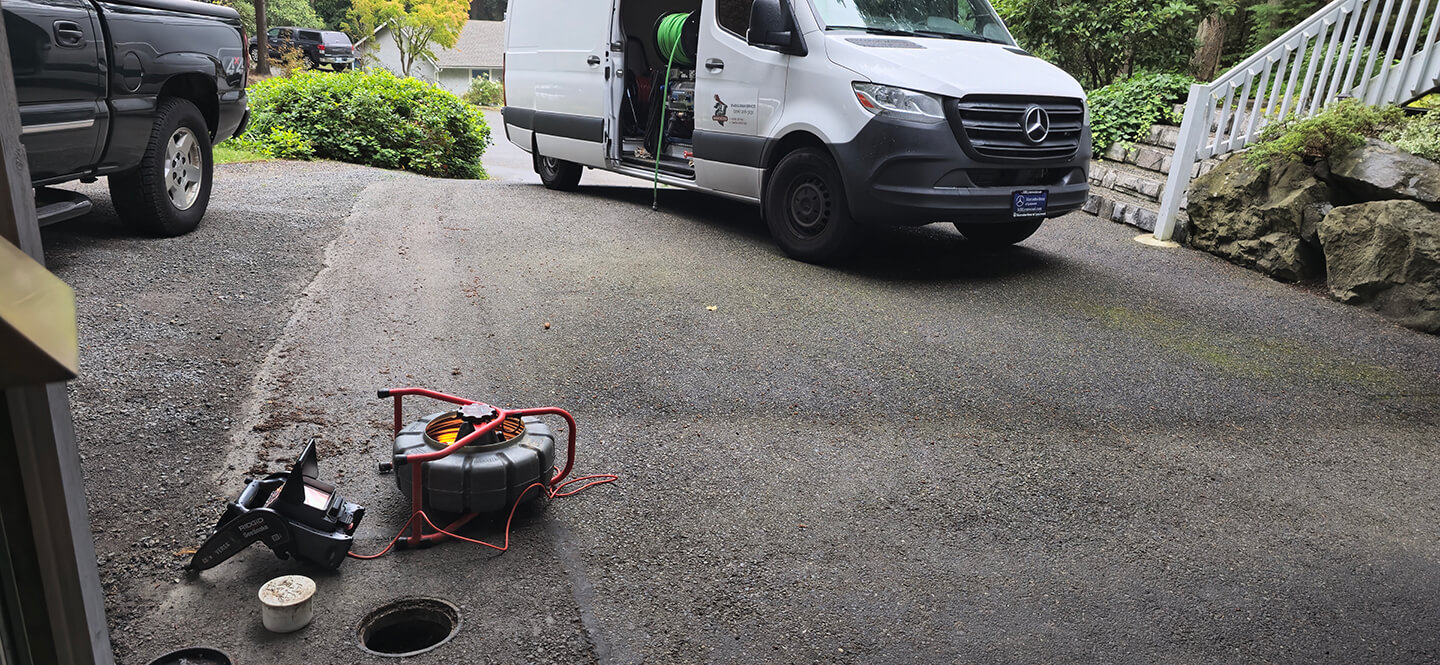Drain systems are crucial to maintaining a functional and hygienic home. Understanding the difference between drain cleaning and drain repair can help homeowners address issues promptly and maintain their plumbing systems efficiently. This guide explores these differences and how proper maintenance can enhance the value of your home.
What is Drain Cleaning?
Definition
Drain cleaning refers to the process of removing blockages and buildup from the pipes to ensure smooth water flow. It is a preventative maintenance task that helps avoid more severe plumbing issues.
Methods of Drain Cleaning
- Hydro Jetting: A high-pressure water jet is used to clear blockages and clean the interior walls of the pipes. This method is highly effective for removing grease, tree roots, and other stubborn obstructions.
- Snaking: A drain snake or auger is used to dislodge clogs and remove debris from the pipe. It is particularly useful for simple blockages and is a common tool used by plumbers.
- Chemical Drain Cleaners: These are used to dissolve blockages, although they should be used sparingly due to potential pipe damage. Overuse can corrode pipes and lead to more significant issues over time.
Benefits of Drain Cleaning
- Prevents Major Clogs: Regular cleaning helps avoid major blockages that can lead to water damage and costly repairs.
- Improves Drainage Speed: Clean pipes ensure water flows smoothly, reducing the time water sits in sinks and tubs.
- Eliminates Odors: Removing buildup and debris eliminates foul odors emanating from drains.
What is Drain Repair?
Definition
Drain repair involves fixing or replacing damaged sections of the plumbing system. This process addresses issues like cracks, leaks, and broken pipes that can cause significant water damage and inefficiencies.
Common Types of Drain Repairs
- Pipe Relining: Inserting a resin-coated liner into the pipe to seal cracks and restore functionality. This method is less invasive and often quicker than traditional pipe replacement.
- Spot Repairs: Targeted fixes for specific sections of the pipe that are damaged. This method is ideal for localized issues and minimizes the need for extensive excavation.
- Pipe Replacement: Removing and replacing entire sections of damaged pipes. This is necessary when pipes are severely damaged or have reached the end of their lifespan.
Advanced Repair Techniques
- Trenchless Repair: This method involves minimal digging and uses advanced technology to repair or replace pipes. It is less disruptive and more environmentally friendly than traditional methods.
- Video Inspection: A small camera is inserted into the pipes to identify the exact location and nature of the problem. This allows for precise repairs and reduces guesswork.

Signs You Need Drain Cleaning or Repair
- Slow Draining Water: This could indicate a clog that requires cleaning. Persistent slow drainage may also suggest a deeper issue within the sewer line.
- Unpleasant Odors: Foul smells coming from drains suggest buildup or a sewer line issue. These odors can permeate the home and indicate a serious problem.
- Frequent Clogs: Recurring blockages may point to a deeper issue requiring repair. This can be a sign of aging pipes or significant buildup within the system.
- Water Damage: Stains or puddles around drains can signal a leak needing repair. Unaddressed leaks can lead to structural damage and mold growth.
- Gurgling Noises: Unusual sounds coming from drains can indicate trapped air caused by blockages. This is often an early warning sign of developing issues.
Preventing Drain Issues with Maintenance
Regular maintenance is key to preventing severe drain problems. This includes routine inspections, timely cleaning, and addressing minor issues before they escalate.
Tips for Effective Drain Maintenance
- Regular Inspections: Schedule periodic inspections to catch potential issues early.
- Proper Disposal Practices: Avoid pouring grease, coffee grounds, and other debris down the drain. These materials can accumulate and cause blockages.
- Use of Drain Screens: Install screens over drains to catch hair, food particles, and other debris.
- Flush Drains Regularly: Use hot water or a vinegar and baking soda solution to flush drains and prevent buildup.
Benefits of Regular Drainpipe Maintenance
- Cost Savings: Preventing issues can save money on expensive repairs. Routine maintenance reduces the likelihood of emergency plumbing calls.
- Increased Lifespan of Pipes: Proper maintenance extends the life of your plumbing system. Well-maintained pipes are less likely to develop leaks or require replacement.
- Enhanced Home Value: Well-maintained plumbing is attractive to potential buyers. A home with a reliable plumbing system is more appealing in the real estate market.
- Improved Water Quality: Clean pipes ensure that water remains free from contaminants that can accumulate in dirty or damaged pipes.
How Sewer Line Repair Can Boost Home Value
Proper sewer line repair ensures your plumbing system is in top condition, which can significantly enhance your home’s appeal and market value. Prospective buyers appreciate homes with fewer maintenance issues, making sewer line repair a worthwhile investment.
The Financial Impact of Sewer Line Repair
- Reduced Risk of Future Repairs: A repaired sewer line minimizes the chances of future problems, saving money in the long run.
- Increased Property Value: Homes with updated and well-maintained plumbing systems often sell for higher prices.
- Improved Inspection Reports: A well-maintained sewer line can lead to favorable home inspection reports, making the selling process smoother.
Environmental Benefits
- Reduced Water Waste: Fixing leaks and repairing sewer lines reduces water waste, which is beneficial for the environment.
- Improved Sewer Efficiency: Efficient sewer systems reduce the risk of backups and environmental contamination.
Conclusion
Understanding the distinction between drain cleaning and drain repair is essential for maintaining a healthy plumbing system. Regular maintenance and timely repairs not only prevent severe issues but also enhance the overall value of your home. For professional services, consider Drainpipe Maintenance service and Sewer Line Repair service in Seattle offered by KnightRooter.
FAQ
1. What is the difference between drain cleaning and drain repair?
Drain cleaning involves removing blockages and buildup from the pipes, while drain repair focuses on fixing or replacing damaged sections of the plumbing system. Cleaning is preventative, whereas repair addresses existing damage.
2. How often should I clean my drains?
It is recommended to clean your drains at least once a year or whenever you notice signs of clogging or slow drainage. Homes with heavy usage may require more frequent cleaning.
3. Can regular maintenance prevent the need for drain repairs?
Yes, regular maintenance can prevent minor issues from becoming major problems, reducing the need for extensive repairs. Routine care ensures that potential problems are identified and addressed early.
4. How can I tell if I need a sewer line repair?
Signs include frequent backups, foul odors, slow drainage, and visible water damage. A professional inspection can confirm the need for repair. Other indicators include lush patches of grass over the sewer line and persistent wet spots in the yard.
5. Is sewer line repair expensive?
The cost of sewer line repair varies depending on the extent of the damage and the method used. However, addressing issues early can save money in the long run. Trenchless methods, while initially more expensive, often result in lower total costs due to reduced labor and restoration expenses.
For professional and fast drain cleaning Bothell, drain cleaning Seattle, and drain cleaning Bellevue, contact KnightRooter. Our team is ready to provide the best solutions for your drain issues.





No comment yet, add your voice below!